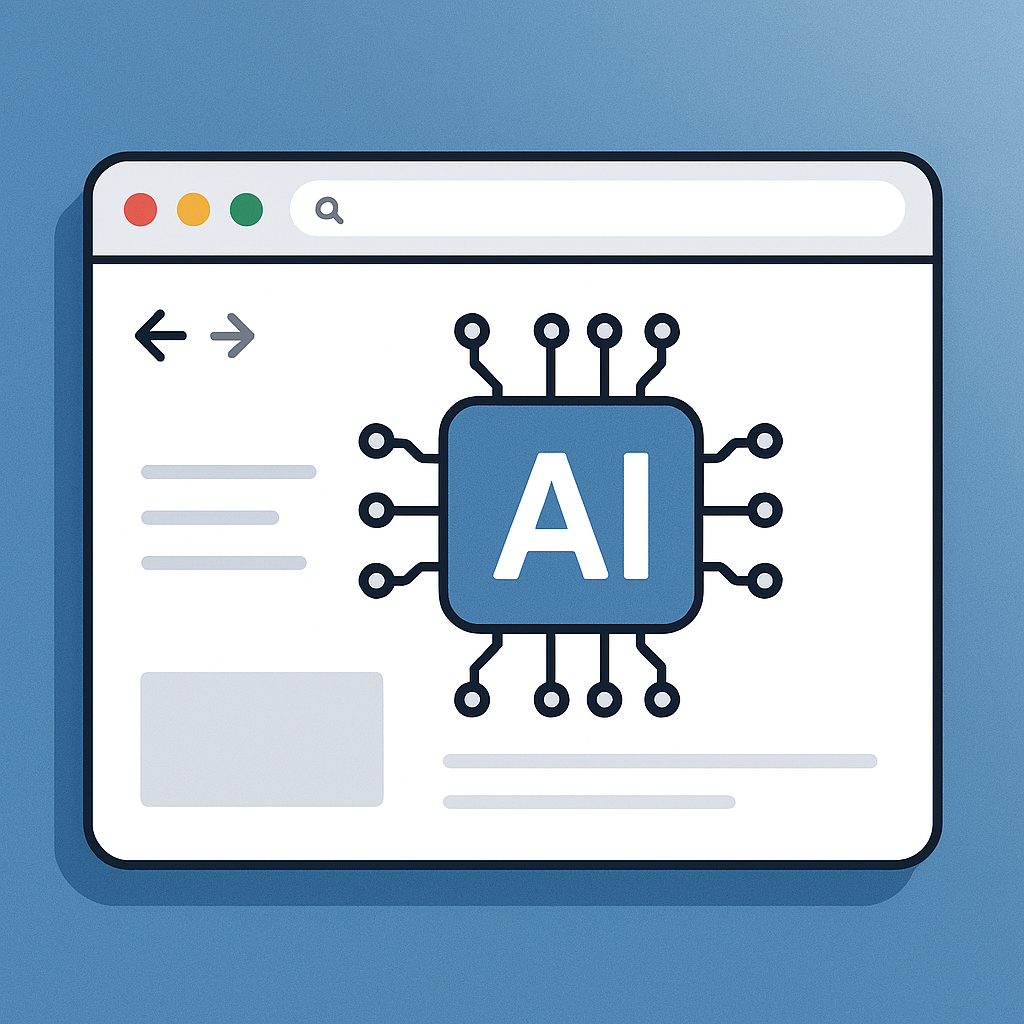Evolution of Web Browsers
History of Web Browsers
Web browsers originated in the early 1990s when Tim Berners-Lee created the first one, WorldWideWeb, a basic tool for exploring the newly emerging World Wide Web. This marked the dawn of a digital revolution. In 1993, Marc Andreessen and his team launched Mosaic, which greatly popularized web browsing with its easy-to-use graphical interface.
As the years progressed, several key players emerged:
- Netscape Navigator (1994): The first popular commercial browser that dominated the market for several years.
- Internet Explorer (1995): Microsoft’s entry that ultimately led to a fierce browser war.
- Firefox (2004): A response to the perceived monopolistic nature of Internet Explorer, focusing on customization and security.
Each of these browsers contributed uniquely to shaping the user experience, offering features that became standard in future releases.
Technological Advancements
As technology advanced, so did web browsers. The introduction of JavaScript and Cascading Style Sheets (CSS) transformed the web from static pages to dynamic and interactive experiences. Here are some of the remarkable technological leaps:
- Tab Browsing: Introduced by Mozilla Firefox, allowing users to navigate multiple pages within a single window.
- HTML5: Enabled rich media applications, supporting video playback and improved multimedia experiences.
- Faster Rendering Engines: Browsers like Chrome have integrated V8 engine, significantly speeding up page loading times.
These advancements have improved functionality and changed how users interact with information, making web browsing essential to daily life.
Artificial Intelligence in Web Browsers
Definition and Role of AI
As technology progresses, Artificial Intelligence (AI) has become a pivotal part of web browsers, enhancing our online experiences. Simply put, AI refers to the simulation of human intelligence in machines designed to think and learn like humans. In the context of web browsers, AI’s role is multifaceted:
- Personalized Content: AI algorithms analyze user behaviors and preferences to curate content tailored to individual needs, making browsing more relevant.
- Predictive Searches: By understanding common queries, browsers suggest searches before users finish typing, saving time and effort.
When you type a query, AI predicts what you need based on your past searches and relevant data, making it easier to find information.
AI Integration in Browsing Experience
Integrating AI into browsers has reshaped the user experience profoundly. Many modern browsers utilize AI-driven features that enhance functionality and streamline tasks. Common integrations include:
- Smart Assistants: Tools like Google Assistant offer voice-activated browsing, allowing users to search information hands-free.
- Enhanced Security Measures: AI detects malicious websites, phishing attempts, and inappropriate content, significantly improving online safety.
This AI blend simplifies tasks and creates a more intuitive and secure browsing experience, allowing users to browse confidently.
Benefits of AI Web Browsers
Enhanced Personalization
The inclusion of AI in web browsers brings a notable advantage: enhanced personalization. Imagine browsing articles about your hobby, and your browser suggests related content matching your interests.incidence—it’s AI working behind the scenes!
Some key benefits of enhanced personalization include:
- Tailored Recommendations: AI analyzes your browsing patterns to suggest websites, articles, and products that align with your interests.
- Customized User Interfaces: Many browsers allow you to modify layout and features based on your preferences, ensuring a more comfortable browsing experience.
This personalization creates a unique browsing atmosphere where users feel understood and catered to, ultimately fostering greater engagement and satisfaction.
Improved Security Measures
In addition to personalization, AI significantly bolsters security measures within web browsers. As online threats evolve, AI tools are increasingly vital in safeguarding user data. Key improvements in security include:
- Real-time Threat Detection: AI algorithms can identify and block phishing attempts and harmful websites almost instantaneously, providing peace of mind to users.
- Adaptive Password Management: Advanced AI systems learn to generate, store, and suggest secure passwords, helping users maintain strong security without extra effort.
These advanced security features help users browse the web confidently, ensuring their data and privacy are protected for a safer online experience.
Challenges and Limitations
Privacy Concerns
While the benefits of AI web browsers are compelling, they also raise significant privacy concerns that cannot be overlooked. As AI personalizes browsing experiences, it collects vast amounts of user data to tailor content effectively. However, this extensive data collection leads to worries about how this information is used and stored.
Common privacy concerns include:
- Data Surveillance: Users often fear that their online activities are being monitored, raising questions about the extent of data collection.
- Third-Party Sharing: There’s anxiety about how user data may be shared with advertisers or other third parties, potentially infringing on personal privacy.
Many people find it unsettling to sacrifice privacy for convenience, so it’s important for users to understand their browser’s data policies.
Implementation Obstacles
Alongside privacy issues, implementing AI features in web browsers comes with its own set of challenges. Not all browsers have the resources or expertise to integrate sophisticated AI algorithms effectively. Some significant obstacles include:
- Cost and Resources: Developing AI technology can be expensive and resource-intensive, which may deter smaller companies from adopting it.
- Technical Complexities: The integration of AI requires specialized knowledge that not all development teams possess, leading to potential roadblocks.
Implementation challenges can limit the widespread use of AI, leaving some users without the improved browsing experiences it provides. To fully utilize AI in web browsers, it’s crucial to overcome the industry’s evolving challenges.
Future Trends in AI Web Browsers
Voice-Activated Commands
The future of AI web browsers includes the exciting trend of using voice-activated commands. Imagine navigating the web just by speaking—no more typing, just seamless conversation. This technology is already being tested in various applications, making the user experience more hands-free and intuitive.
Key advantages of voice-activated commands include:
- Increased Accessibility: Users with disabilities can interact with web content more easily.
- Efficiency: Performing searches or executing commands verbally can save time, especially when multitasking.
Users can quickly access the latest tech news by just saying, “Show me the latest tech news,” without using their keyboards.
Augmented Reality Features
Another trend shaping the future of AI web browsers is the incorporation of Augmented Reality (AR) features. AR has the potential to transform how we consume information online by blending digital content with the real world. Some potential applications include:
- Interactive Shopping Experiences: Users could visualize products in their own environment before making a purchase.
- Enhanced Learning: Educational websites may offer interactive lessons that overlay digital information onto real-life scenarios.
These advancements aim to make web browsing more immersive and engaging, enhancing how we interact with online information.
Impact on User Experience
Faster Loading Speeds
One of the most significant impacts of integrating AI into web browsers is the enhancement of loading speeds. In today’s fast-paced digital world, users expect instant access to information. AI achieves this by optimizing resource allocation and leveraging predictive caching technologies, ensuring that web pages load quicker than ever.
Consider this: waiting for a page to load can be frustrating, especially when other tasks are competing for your attention. AI-powered browsers reduce these loading times by:
- Preemptive Data Loading: By predicting the next page a user might visit, browsers can load resources in advance.
- Optimized Bandwidth Usage: AI can manage and prioritize data traffic, leading to smoother experiences even on slower connections.
As a result, faster loading speeds contribute significantly to user satisfaction, allowing for seamless navigation and decreased bounce rates.
Tailored Content Recommendations
In addition to faster speeds, AI dramatically enhances user experience through tailored content recommendations. By analyzing user behavior, these intelligent systems can present articles, products, or videos that align closely with a user’s interests.
Imagine logging into your favorite browser and being greeted with personalized suggestions based on your previous activity. Key benefits include:
- Increased Engagement: Users are more likely to connect with content that resonates with their interests.
- Time Savings: Tailored recommendations minimize the time spent searching, making the browsing experience more efficient.
As advancements progress, we can anticipate a more personalized web experience that deepens users’ connection to the content, changing how people engage with the internet.
Industry Applications
E-commerce
The integration of AI in web browsers has profound implications for the e-commerce industry. By leveraging AI technology, online retailers can create a shopping experience that feels personal and intuitive. Imagine shopping online and seeing product recommendations that match your style and preferences, thanks to advanced AI algorithms analyzing your behavior.
Key benefits in e-commerce include:
- Dynamic Pricing: AI can adjust prices based on demand, competition, and user behavior, ensuring optimal sales strategies.
- Smart Chatbots: Many retailers implement AI-driven chatbots that can assist customers around the clock, answering queries and guiding them through their shopping experience.
These advancements not only improve customer satisfaction but also boost sales, making the shopping experience more engaging and efficient.
Content Creation
In addition to e-commerce, AI in web browsers is transforming the realm of content creation. Writers, marketers, and content creators are now utilizing AI-driven tools that enhance productivity and creativity. For example, AI can assist in:
- Content Generation: Tools can suggest headlines or even generate articles, providing a solid starting point for content creators.
- SEO Optimization: AI-driven insights can help identify keywords and suggest content adjustments to improve visibility on search engines.
This transformation allows creators to streamline their workflow, allowing them to focus more on their creative process. As AI advances, we can expect new tools that enhance content creation, changing how we produce and consume digital media.
Ethical Implications
Bias in Algorithms
As AI transforms web browsers, we must consider the ethical issues, especially algorithmic bias. AI systems trained on large datasets may perpetuate biases if those datasets contain them, leading to stereotypes or distorted views.
A content recommendation system can favor certain articles or products due to biased historical data, resulting in limited diversity in the content shown to users. Key concerns include:
- Reinforced Stereotypes: AI might prioritize recommendations that align with societal biases, impacting user perceptions and choices.
- Lack of Representation: Certain demographics may be underrepresented in datasets, affecting the overall fairness of content delivery.
Addressing these biases is imperative to ensure a more equitable online experience for all users.
Data Privacy Issues
Alongside biases, data privacy issues loom large in the conversation about AI web browsers. Browsers gather a lot of user data to enhance experiences, raising concerns about how this information is stored, used, and shared.
Common concerns include:
- Informed Consent: Are users fully aware of what data is being collected and how it will be utilized?
- Data Breaches: Storing vast amounts of personal data presents risks, as breaches can lead to unauthorized access and exploitation.
Balancing the need for personalized experiences with strict adherence to privacy standards is essential. Users need to trust that their data is handled respectfully and with integrity, which builds confidence in the technologies they use online. As the digital landscape evolves, addressing these ethical implications will be vital for developing responsible AI solutions in web browsers.
Roadmap to Adoption
Education and Awareness
As we navigate the complex landscape of AI in web browsers, a clear roadmap to adoption is essential. One of the most critical stepping stones is education and awareness. Many users remain unaware of the functionalities AI can offer, potentially limiting the technology’s adoption.
To bridge this gap, organizations must prioritize:
- Workshops and Training: Conducting workshops that teach users about the benefits and functionalities of AI-driven features can bolster confidence in using these tools.
- Informative Content: Creating easily digestible content, like blog posts or videos, can help demystify AI technologies, illustrating their real-world applications.
Understanding AI helps users make informed decisions, improving their browsing experience and embracing new innovations.
Regulatory Frameworks
Alongside education, developing robust regulatory frameworks is vital for promoting the responsible adoption of AI technologies in web browsers. Clear guidelines can help manage the ethical implications and data privacy concerns we discussed previously.
Key aspects of effective regulatory frameworks should include:
- Data Protection Laws: Ensuring that AI systems comply with laws that protect user data from misuse.
- Bias Mitigation Standards: Establishing protocols that require transparency in algorithm development and implementation, aiming to reduce biases.
Governments and industry leaders should collaborate to responsibly adopt AI, benefiting users and fostering trust in digital systems. A balanced approach can lead to innovative and ethical AI use in web browsing, improving user experience while protecting privacy and fairness.
Conclusion
Summary of Advancements
The journey of AI in web browsers has significantly changed our interactions with the digital world. Artificial intelligence is revolutionizing efficiency and enhancing engagement. Key advancements include:
- Faster Loading Speeds: AI optimizes resource management for a smoother browsing experience.
- Tailored Content Recommendations: Users enjoy a more relevant online experience, thanks to personalized suggestions.
These evolving features greatly enhance user engagement with web content, resulting in more enjoyable and efficient online experiences.
Future Outlook
Looking ahead, the future of AI in web browsers is both exciting and promising. Voice-activated commands and augmented reality are making browsing more immersive and intuitive.
Furthermore, addressing ethical considerations and regulatory frameworks will be crucial as we navigate this landscape. As awareness increases, users can confidently adopt these technologies, leading to a more inclusive and innovative online space. The potential for AI in web browsing is limitless, and its journey has only just begun.
For More Information
Check out my AI-generated podcast here:




